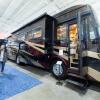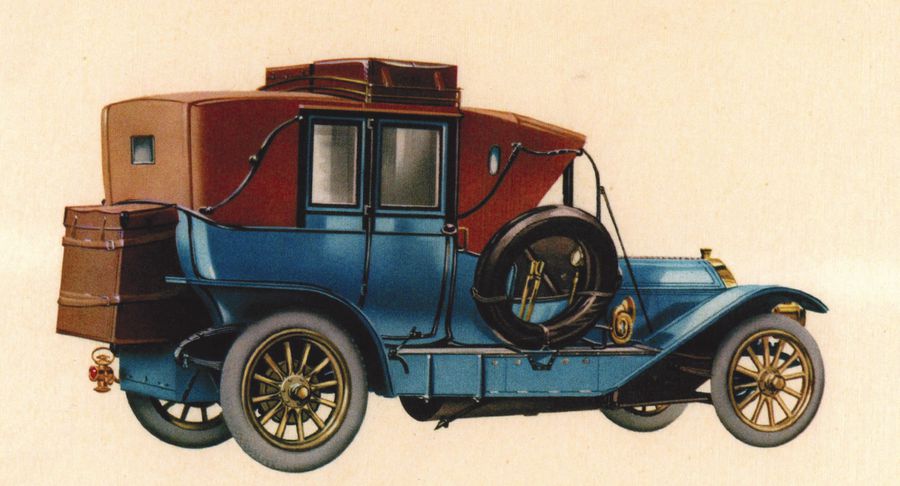
The First Production RV Was Built Over 100 Years Ago
While people were likely stuffing tents in their buggies back when horses pulled carriages, 1910 marks the birth year of the first RV. Debuting at the Madison Square Garden, the Pierce-Arrow Touring Landau was showcased as the first production RV. And while it was built over 100 years ago, the Piece-Arrow conversion utilized many RV tricks people use today.
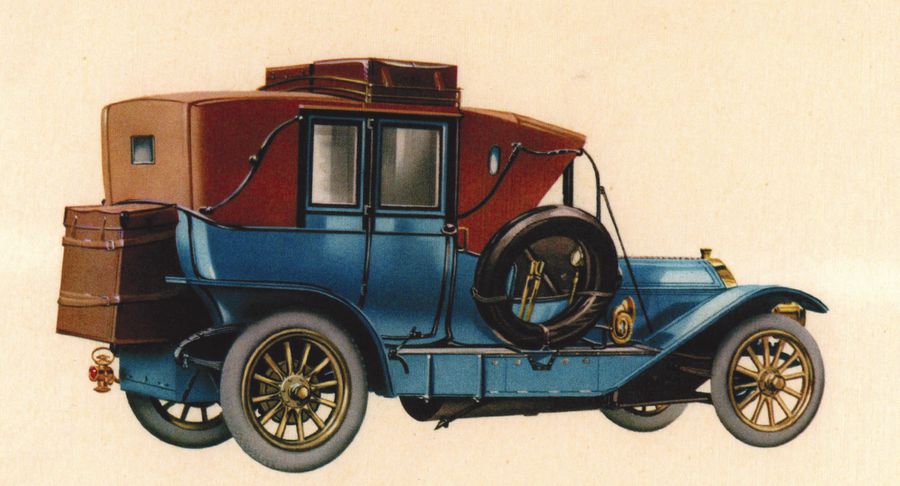
The Pierce-Arrow Touring Landau was the first production RV
Pierce-Arrow was one of the “three P’s” of automotive luxury in the early days of the automobile. Their cars were expensive, but their quality was unmatched. And when they decided to make an motor car fitted with household amenities, it set the stage for the luxurious nature of RV ownership.
For starters, the Pierce-Arrow Touring Landau cost over $8,000 in 1910. After inflation, that’d be around $230,000, which made it a car for the elite and wealthy. But even though this Pierce-Arrow wasn’t meant for full-time living, the Touring Landau featured many little trinkets reminiscent of today’s RVs.
What’s inside the Pierce-Arrow Touring Landau
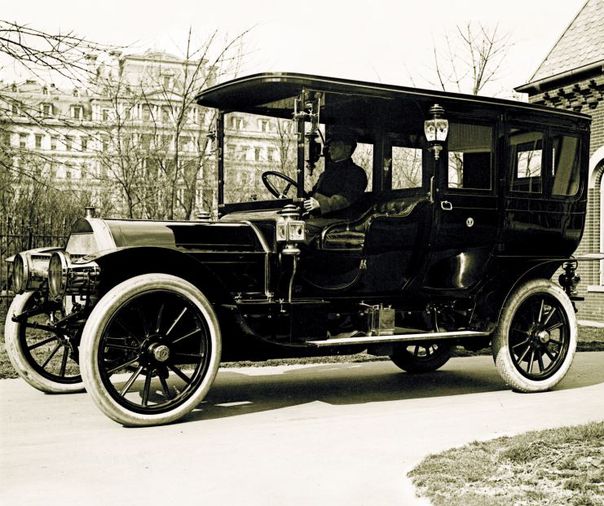
For starters, it was built out of a Pierce Arrow limousine, which meant the driver and the passenger were separated in the car. But rather than luxurious rear seating, the car was stripped of it’s passenger space on converted into a basic living space. In other words, the Pierce-Arrow Touring Landau is more of a Class-B camper van than a full-sized RV.
In the living space there was a bench seat that folded into a bed. More impressively, however, there was a sink behind the driver’s seat, and a toilet with plumbing. And because this camper started as a limousine, a phone connected the driver to any of the passengers.
These little vehicles filled a slightly odd niche, serving as mobile homes in an era when motor hotels simply didn’t exist. After all, cars had just hit the mainstream audience in 1908 with the Model T. So why would anyone build a hotel for cars just two years later?
So the Pierce-Arrow Touring Landau was, technically, the first RV. But the first real RV might belong to a vehicle built five years later.
The 1915 “Gypsy Van” is the first full-sized RV
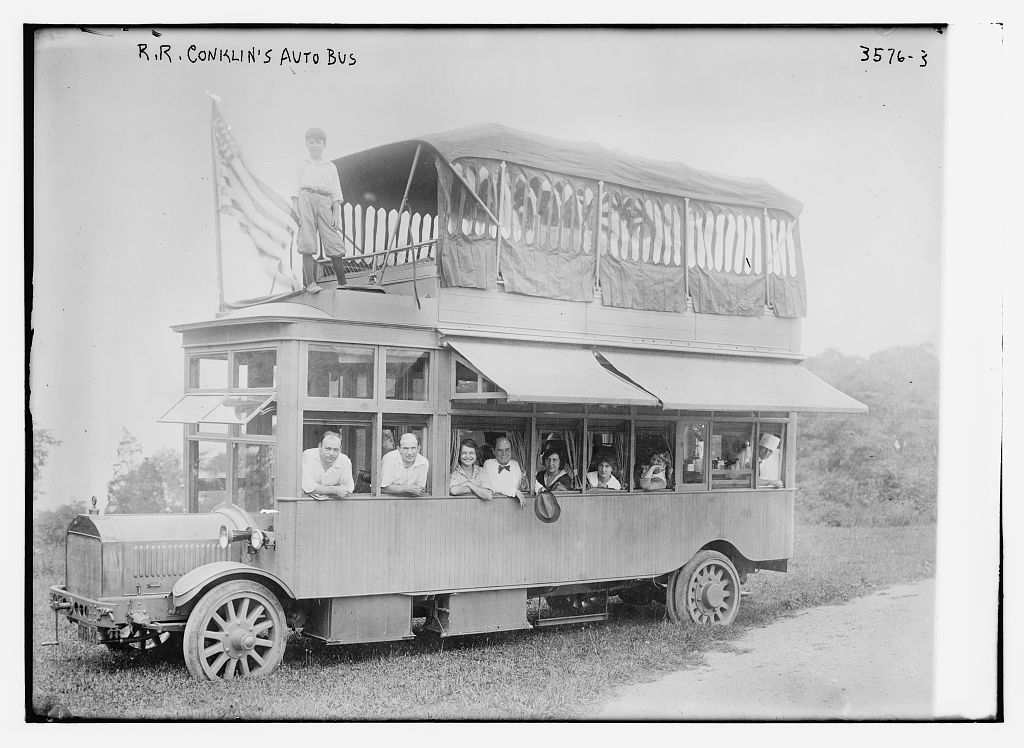
Where the Pierce-Arrow is a Class-B camper can, the Gypsy Van is a Class-A luxury motorhome. This classic RV was built on the body of a three ton Packard pickup truck. It was built by the Roland Conklin Gas-Electric Motor Bus Company, and would hit the road from New York to San Fransisco.
It featured a collapsable bathroom, similar to what the Pierce-Arrow had. But on top of that, the Gypsy Van had room for 17 passengers, a shower, a full sized kitchen, and some small appliances. And for decoration, there was a phonograph, a desk, and a concealed bookcase.
The Pierce Arrow Touring Landau and the Gypsy Van led to the birth of Tin Can Tourists and, eventually, motor hotels. They earned that nickname by camping on the side of the road with tin cans of food and gas burners. It ushered in an era where people could unwind, hitting the road and forgetting their woes. And today, almost anyone can participate in this leisurely passtime.
